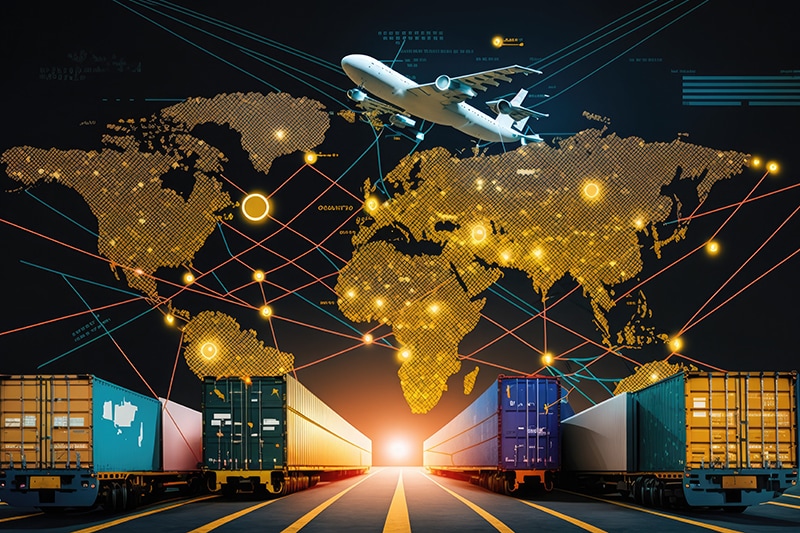The Tariff Tangle: How New Trade Barriers Are Reshaping Global Business

Importers are understandably concerned about what tariffs mean for their business, and the bottom line is that the levies will certainly change their business—for better or worse.
The truth of the tariff situation is that it is unlikely to result in the outcomes the Trump Administration seems to be hoping for. Instead, it will complicate the businesses of those involved in global trade and have an adverse impact on the U.S. economy.
However, the business leaders who are astute enough to see these challenges as opportunities may come out the other side, not just successful but also stronger.
Right now, we are told these new policies are designed to reshore manufacturing and stimulate domestic production enough to benefit the economy. However, any economist will tell you that this outcome is highly unlikely. The reality is that much of China’s low-cost labor-intensive manufacturing output is not desirable within U.S. shores, and economic geopolitics dictate that these situations more often end up disadvantaging consumers, businesses, and international trade partners alike.
The challenges of the tariff situation
One of the most obvious impacts of tariffs is that they increase prices. Companies that were importing goods now have two options: Pay an additional 10-15% in tariffs to import the product or find an alternate (probably more expensive) source. Either way, additional costs are incurred, and who foots the bill? More often than not, it’s consumers, as businesses have no choice: If they cannot absorb the costs and remain profitable, they must pass the costs down.
U.S. companies also bear the brunt of reciprocal tariffs and retaliatory economic actions. Tariffs strain long-standing relationships with key trade partners. We’ve already seen these consequences in our relationship with some of the other targets of Trump’s tariffs, such as our northern neighbor, Canada, where there is an ongoing “Buy Canadian” boycott. This is particularly concerning given that the United States exported more than $349 billion of goods to Canada in 2024. Similar concerns apply to Mexico.
Moreover, tariffs will directly affect the ability of U.S. companies to export. After decades of development, the global supply chain has become very complex and interconnected. Many “Made in the USA” products contain imported parts, and raising tariffs will increase pricing of U.S. companies and make them uncompetitive in the global marketplace.
Finally, perhaps the biggest problem about tariffs today is uncertainty. Will they go up? Will they be cancelled? Will my industry get a waiver? Will this other country be subject to tariffs? How long will tariffs last? Nobody knows.
And if companies don’t know, they tend to freeze. They are unable to make long-term plans, they cannot invest in growth, they will not hire more people. They will sit on their hands and wait. And the economic impact of that passivity will be immense.
Overcoming the tariff tangle
All this strife does not mean that we are on the brink of an international crisis—instead, it presents a challenge (or, rather, a series of challenges) that businesses must navigate to remain competitive. Staying the course is not the solution, nor is pulling out of markets like China entirely. Instead, companies that import products must be nimble and agile to ensure they don’t lose their advantage in the market.
Thankfully, savvy business leaders can use this turmoil as an opportunity to gain an edge over their competitors. It is important to remember that every business with its hand in the supply chain is dealing with the same challenges.
Meanwhile, Chinese sourcing partners are, if anything, even more concerned and will be willing to explore new solutions. This situation gives businesses an opportunity to renegotiate agreements in a way that may mitigate the impact of tariffs and diversify in ways that could help their supply chain become more resilient.

